"The best way to predict your future is to create it," said management guru Peter Drucker. We are indeed living in chaotic times full of rapid change and dramatic disruption. Just ask anyone with a business, service or product and the game has only become harder, more stressful and unstable.
How many would say business has become more complex and faster in the last 5 years? One CEO recently remarked, “There has been more change in the past 10 years than in the previous 90.”
Mixed with this chaos is the speed at which change is occurring and new information is becoming available. Today, a one week issue of the New York Times contains more information than an average person in the 17th century came across in their lifetime. Think that’s astounding, a recent report (IBM Global CEO Study reports) showed that by 2020 our collective body of knowledge will double every 72 days. The report went on to say that the gap between expected change and the ability to manage change has tripled since 2006.
How do we find our way out of this tunnel of uncertainty and change, or at the very least, learn how to ride the rollercoaster while still continuing to develop business? As Drucker points out, albeit simplistically, if you want to predict what’s ahead, your best bet is to create it. How do we go about creating a model that can handle the chaos of today, react when necessary, and attack with precision and purpose? Here are some thoughts:
Average Is Over
Thomas Friedman’s recent book, That Used To Be Us, has a chapter devoted to this topic. We must except that change has happened. We are never going back to the world the way it was. With this in mind, Friedman’s argument is that average is also over. “Woody Allen’s dictum that ’90 percent of life is just showing up’ is no longer true. Just showing up for work will not cut it anymore…now it is about doing things with excellence,” states Friedman.
Shoot bullets, then cannonballs
Used as a demonstration in Great By Choice, by Jim Collins and Morten T. Hansen, shoot bullets, then cannonballs focuses on the correct allocation of energy and resources. The metaphor suggests that instead of firing big cannonballs at a lot of different potential, yet unpredictable opportunities, fire less expensive bullets at a lot of different opportunities. When you start to hit some opportunities with your bullets, align your large cannonballs (resources) at what’s hitting and fire. This can resonate with businesses as there should be multiple strategies and tactics that you’re using daily. Once you find something that sticks, put more muscle, or cannonballs behind it.
Innovate at the verge
Innovating at the verge, a term coined by Joel Barker, is the idea that break-through innovation doesn’t happen where competition is most thick and dense in the middle of any industry, but rather innovation happens at the outer edge of your industry where competition is least. The verge is where “something and something different meet, where one ecosystem runs into another ecosystem,” according to Barker.
Building Strategic Partnerships
Mutualism will become a defining characteristic of this new generation of business development. The trend to building strategic partnerships is only growing. Much like innovating at the verge where something and something different meet to build something new, mutualism encourages the win-win-win strategy: an “I win, you win, and the partnership wins” strategy. We, as individuals or a single organization, cannot possibly know everything, do everything, or be everything in our industries any more, especially with the collective body of knowledge predicted to double every 72 days by 2020. We must begin to partner with others to sustain our impact in our respected industries.
20-Mile March
As mentioned in Great By Choice, the 20 mile march discusses the notion that instead of doing extreme sprints or lazily strolls throughout our organization’s life cycle we should dedicate our organization to a consistent, steady 20-mile march, day in and day out, no matter the environmental factors. It’s also about having concrete, clear, intelligent and rigorously pursued performance mechanisms that keeps us on track. Two immediate areas that are in need of a 20-mile march philosophy is in creating a disciplined decision making process, that keeps decision making nimble, agile and quick. Gone are the days where an organization or corporation can take a year or two to decide the trajectory of initiatives or have 10 layers of bureaucratic decision making. Instead, there must be constant, entrepreneurial-like decision making happening daily, weekly, and monthly throughout the team, the department and the organization.
Equally, there needs to be a 20-mile march in terms of rigorous measurement of a business’s roles, responsibilities and accountability. We’ve all heard that we’re doing more with less, that’s just the situation we’re in. However, are we as an organization making sure that we’re maximizing the workforce and resources we have by becoming extremely clear with the roles and responsibilities within every project, initiative and meeting. What’s more, once we’ve distributed roles and responsibilities, what is the accountability we are holding everyone, including ourselves, to? What is our accountability measure? When accountability is missing are we being disciplined and fanatically paranoid about fixing it?
Return on Luck
Another study provided by Jim Collins suggests that everyone has good luck and everyone has bad luck, return-on-luck is what you do with the luck once it’s happened to you. Even in these chaotic times you will still run into good luck and bad luck – it’s what we do with that luck that will define how we progress forward and create a future for ourselves.

